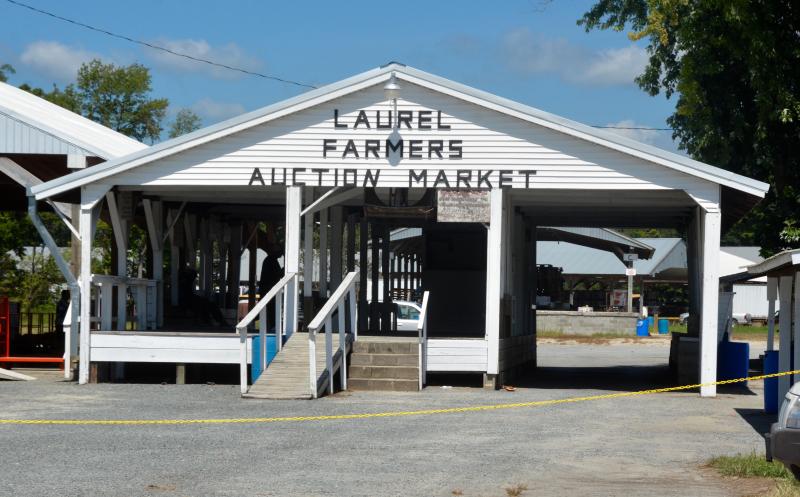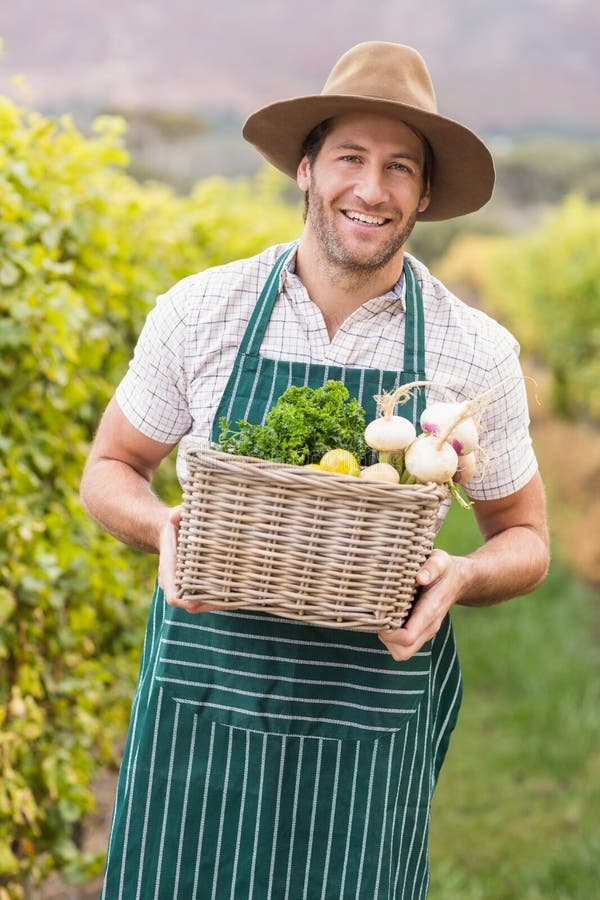
“If you get into anything that looks like mud, you’ll be stuck, even with only one rear wheel in the mud, and that would be an embarrassment,” Glen says. The Happy Farmer is relatively easy to drive, although with three smooth wheels, mud is a real problem. “There weren’t a lot of small tractors being built in the teens, so my guess is that this tractor was for the real small farmers,” he says, “and they were trying to work out what parts would work best.” A regular parade tractor Glen thinks the company was trying to be innovative. “I have the hand pump that would have been used to start it on gasoline before switching over,” Glen says. The fuel tank contains two filler caps for two compartments, one for gasoline, which started the tractor, and a second one for distillate or kerosene, to run it after the gasoline warmed it up. The tractor has a gravity-feed fuel system. “I don’t know what benefit there would be in doing that, but the Happy Farmer does it.” “I don’t know if that was a selling feature or not,” he says. In that case, the front wheel can turn 360 degrees.

If you want to turn sharply, you can step on either brake and do a perfect circle with whichever wheel.” “The Happy Farmer has a foot pedal for the left rear wheel and a foot pedal for right one. “The brakes aren’t like those on the big prairie tractors that stop both wheels,” Glen says.

“It has double use,” he says.Īnother unusual aspect of the Happy Farmer is individual brakes for left and right rear wheels. Almost everything else is bolted on to that pipe/exhaust that serves as the frame. “It runs from back to front to near the casting on the front wheel, expelling the exhaust there,” Glen says.

The Happy Farmer’s frame is a thick pipe - actually the exhaust pipe, which also serves as a muffler. Its single front wheel lines up with the rear wheel, giving the small, 3-wheel tractor a lopsided configuration. Still, the Happy Farmer has its appeal, especially as a parade tractor. The fact that the tractor had open wheel gears down low, where dirt wore them out, was a definite disadvantage. It was not a real good design it was never a big seller.” “My guess is that it was a 2-bottom tractor, but it couldn’t pull plows through soil that was very heavy. Glen says it was ill-suited to most farming applications. Ronald Westphal bought his 1917 Happy Farmer Model B 12-24 in the early 1970s. One wry observation said the happiest days for the Happy Farmer tractor owner were the day he bought it and the day he got rid of it. “I made it way heavier than it needed to be so it will outlive me.” Under-powered tractor failed to win market acceptanceīuilt by La Crosse Tractor Co., the Happy Farmer was not an overwhelming commercial success. “I rebuilt a gas tank, using 4- by-6-inch steel tubing, and fit it up under the base so you’d never see it, like the original,” he says. The winter before the show, he launched the restoration, which he completed in time for the show.Īfter he pulled the head to see what it looked like inside, he decided the engine needed a gas tank, and work on the bearings and exhaust. When Glen heard that the Western Minnesota Steam Threshers’ Reunion in Rollag would feature Emerson-Brantingham engines in 2017, he pulled out his Model U and checked to see what he might need to do to get it running. “That engine intrigued me because there aren’t a lot of them around,” he says. Glen’s Emerson-Brantingham Model U engine earlier belonged to his dad, and Glen acquired it from his mother. “And until I got older, I didn’t realize they weren’t going to shows either.” Restoration driven by a deadline “I didn’t know that other kids didn’t have tractors and engines around,” he admits. He was so immersed in the hobby at such a young age that he didn’t realize that his peers weren’t.

“On our hobby farm, I grew up with tractors and engines, and didn’t know any different. “About the time I was born (in the 1960s), my dad, Ronald Westphal, started collecting engines and tractors,” he says. Glen, who lives in Elk River, Minnesota, caught the old iron bug from his father. “When I take the Happy Farmer to a show, there’s a good chance it’s the only one there.” “I figure the whole idea of a show is to have different items to display, so the key is variety,” he says. 1918 Emerson-Brantingham Model U gas engine. That’s why his show displays are unusual pieces like a 1917 Happy Farmer tractor or a rare ca. When it comes to old iron, Glen Westphal likes to mix it up. Glen Westphal with his mother at the wheel of his 1917 Happy Farmer Model B tractor.


 0 kommentar(er)
0 kommentar(er)
